Maintaining a Masterpiece: How Forest Park Forever Is Tackling Urgent Repairs & Establishing a Long-Term Maintenance Plan
Forest Park Forever's Dan Nelson / Accompanying photographs by Calla Massman
A New Position Within Forest Park Forever Signals an Increasingly Urgent Need to Fix What’s Broken in the Park — and Make Ongoing Repairs Quickly Before They Grow in Scale and Cost
It isn’t every day you can paddle-boat across a magnificently restored basin built over 100 years ago, watch a musical in the country’s oldest outdoor musical theatre or run through a grove containing dozens of plant species. But in Forest Park, not a day goes by without someone taking advantage of what this destination has to offer.
According to the Park’s founders, it was designed for "the rich and poor, the merchant and mechanic, the professional man and the day laborer, each with his family and lunch basket, [who] can come and enjoy his own...all without stint or hindrance...and there will be no notice put up to 'Keep off the grass.'"
In order to stick to that 139-year-old promise — and have a park where the trash cans are emptied, the King Louis IX statue is illuminated, the trees are healthy, the bathroom toilets are caulked, the grass is lush and the amenities are cared for — there need to be skilled specialists employed to maintain and sustain the grounds and landmarks within.
Forest Park Forever launched its own Land Management program in 2006, hiring horticultural professionals to join staff from the City’s Department of Parks, Recreation and Forestry in caring for 800 acres of the Park. (Forest Park is more than 1,300 acres total — 500 of those areas are cared for by the leaseholders themselves, such as the Saint Louis Zoo, the Missouri History Museum, et al.). Together, Forest Park Forever and the City they have formed a great working relationship and started a program of combined effort in the preservation of Forest Park.
As Forest Park has been so beautifully restored in the past few decades, that has meant an even greater number of visitors. These days, the Park attracts 13 million visitors annually — more than the Arch and all of our sports stadiums combined. Greatly increased visitorship, as well as the natural aging of the Park facilities and systems, have put a strain on the resources of those charged with caring for it.
The Forest Park grounds are well kept, and what’s broken does get fixed (though in some cases not as quickly as Forest Park Forever and the City would like), but for many years there’s been the need for someone to accelerate needed fixes and to catch issues before they become serious and costly problems. There has been the need for someone to be a coordinator, a consultant, a manager and a researcher working laterally with the City to make needed improvements and manage an organized, efficient preventative maintenance program.
That’s where Dan Nelson comes in.
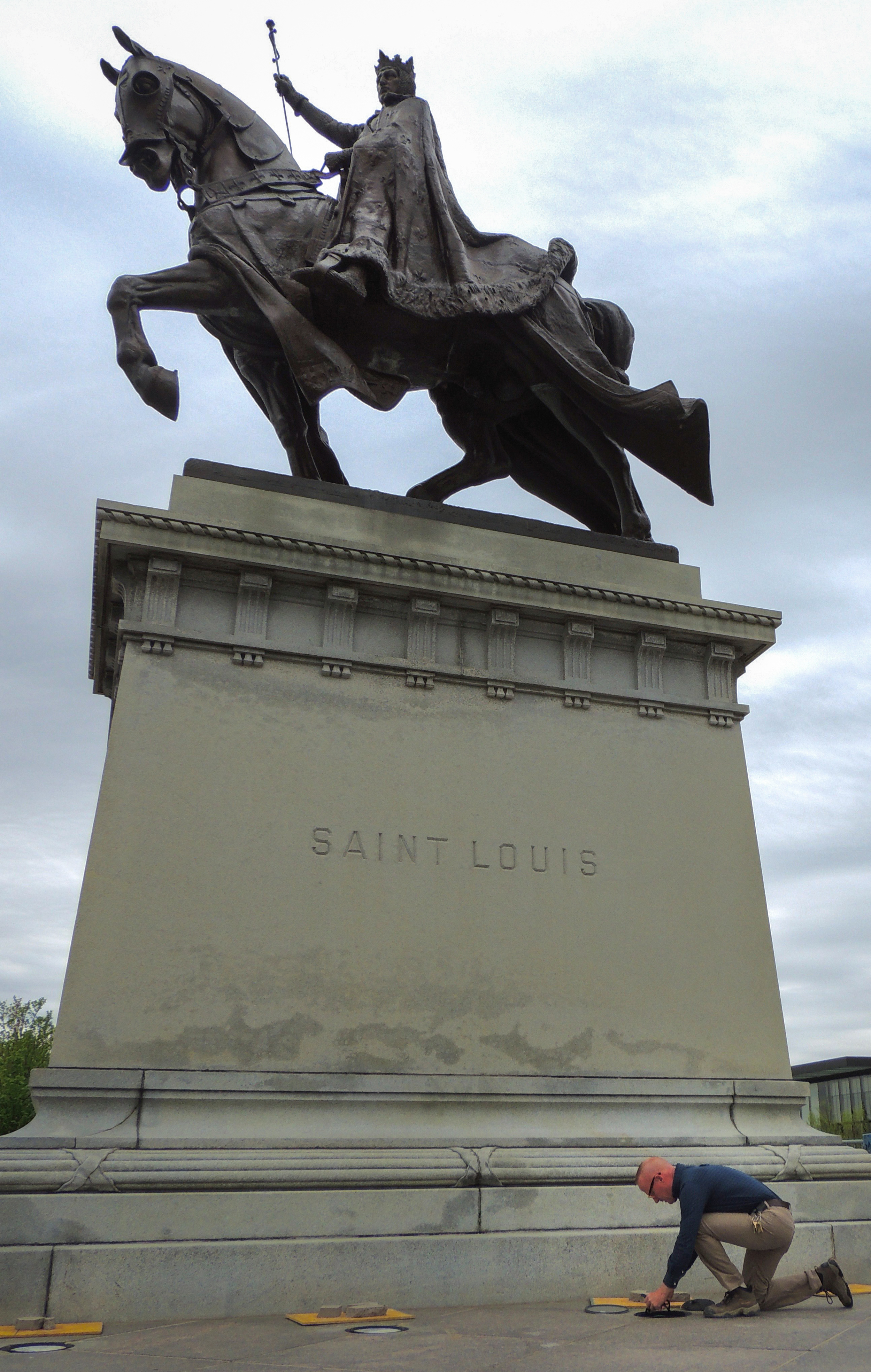


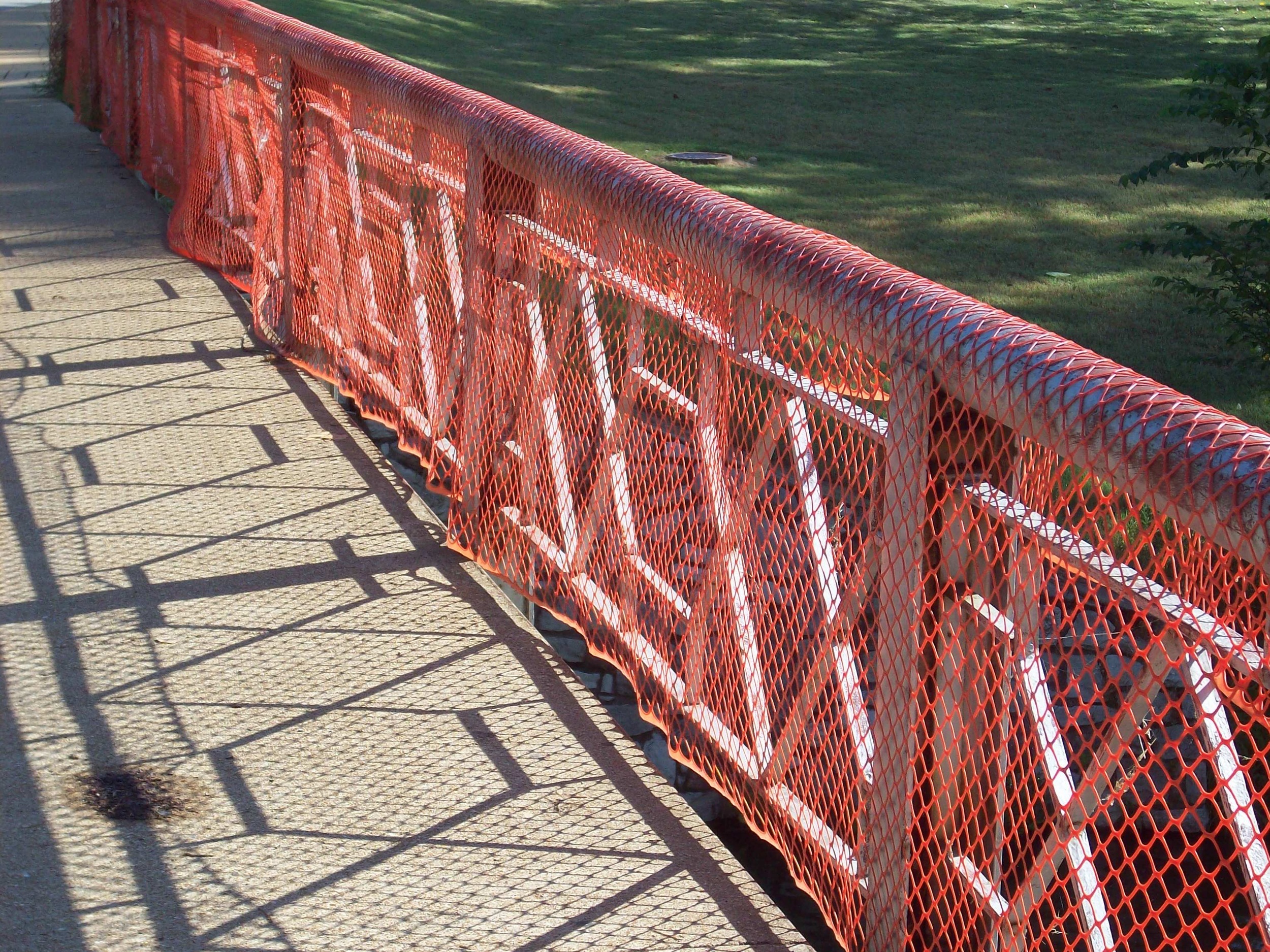
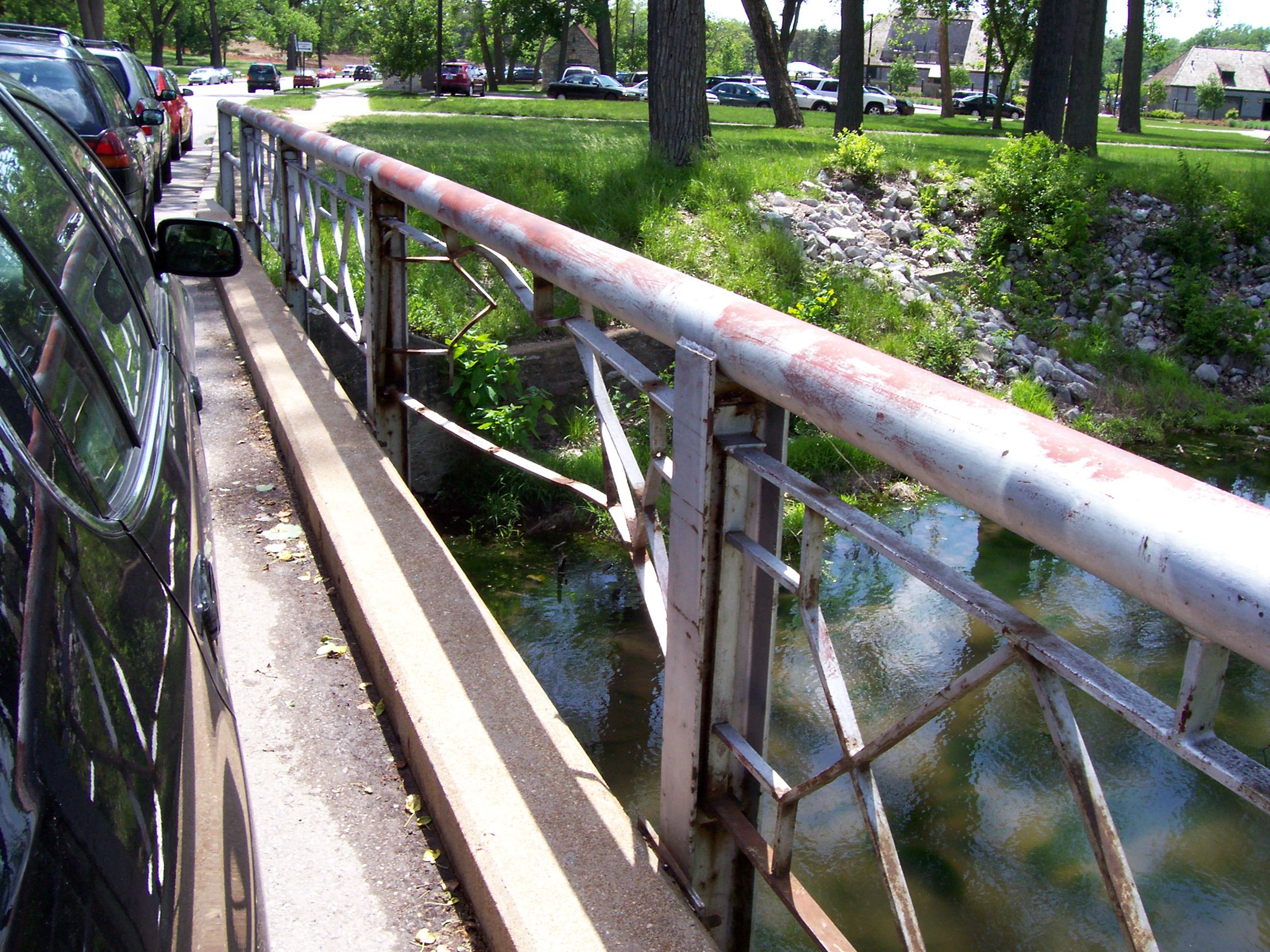
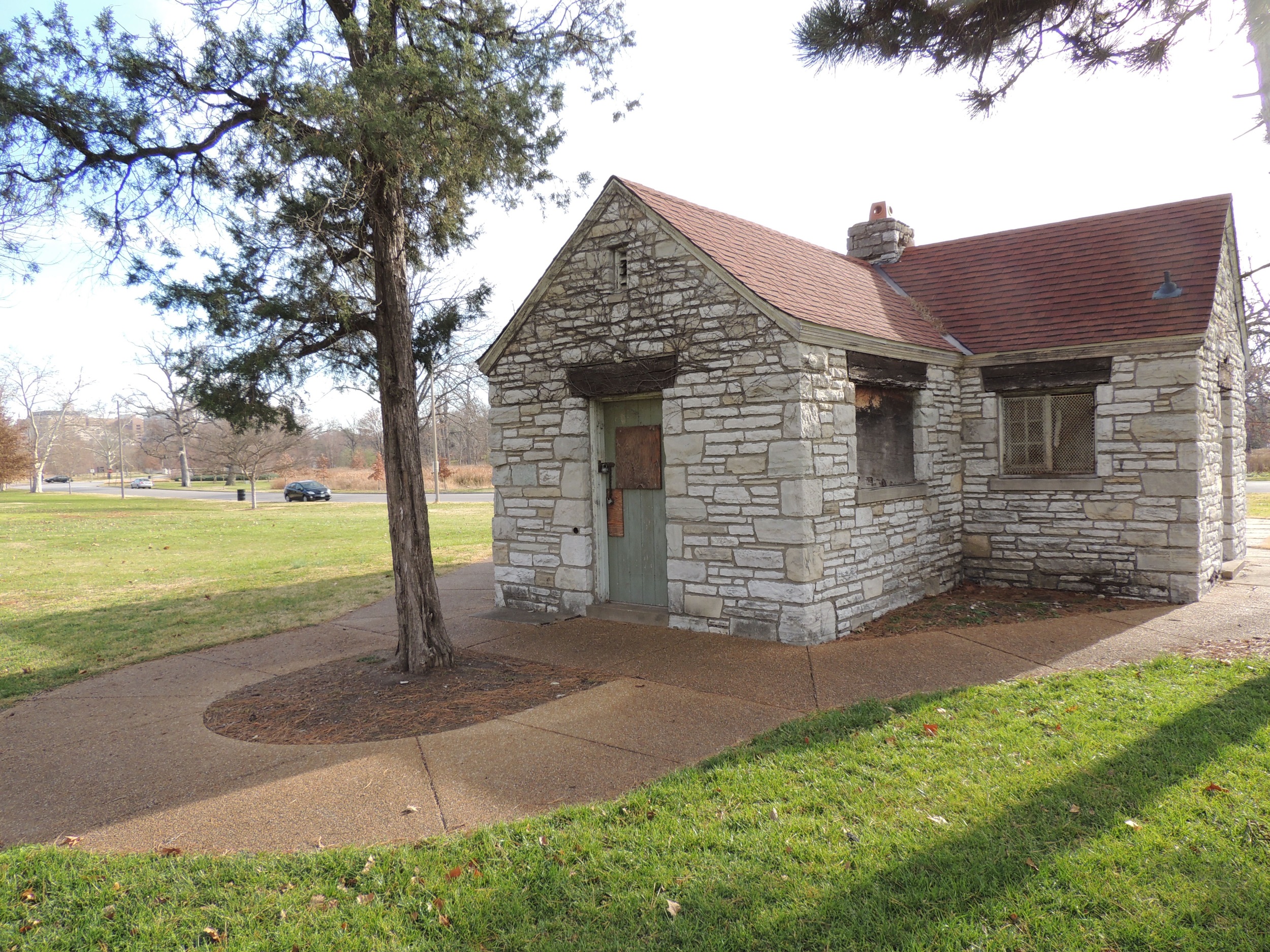
Since moving to St. Louis at a young age, Nelson has been fascinated with Forest Park — its history, purpose, design and transformations. He admits most of his college term papers focused on the Park in one way or another. He took particular interested in Hiram W. Leffingwell, a 19th-century real-estate developer and visionary who founded the Park in the hopes of enticing more people to move westward toward his newly developed parcels of land.
Nelson started working in construction in his teens during summer breaks and weekends. He eventually attended Union Carpentry School and became a carpenter. He then went on to study bank financing and mortgage lending but eventually returned to what he loved, construction. Upon his return to the construction industry he worked as a lead project manager and at the age of 26 started his own commercial and residential real-estate development company.
Over a career that then spanned more than 20 years, Nelson conceptualized multiple projects with varying degrees of complexity, size and capital. He worked with multiple architectural and engineering firms along with municipalities and city staff in multiple states on design and environmental conformity. He performed feasibility studies, procured financing, hired and trained staff, managed and completed numerous projects simultaneously in multiple states and became proficient in the art of land acquisition and development, urgency crisis response, streamlining workloads and customer satisfaction.
As an avid runner and family man, Nelson always found himself returning (in his limited spare time) to the place that meant so much to him, Forest Park. He watched and contributed when he could to the wonderful transformations within Forest Park, always feeling a sense of yearning to somehow be part of the force driving its change. In 2012, with a change in life, Nelson took a step toward Forest Park by taking a position as the Grounds Supervisor at the Saint Louis Zoo. Keeping a vigilant eye out at Forest Park Forever, Nelson’s opportunity finally became a reality in December 2014 when Forest Park Forever posted what he called his “dream job”: Facilities Maintenance Supervisor for Forest Park with Forest Park Forever. He applied, interviewed and was hired.
Since his first day in mid-January, Nelson has been doing what he calls “a lot of discovery.” He’s been assessing the maintenance needs of the Park — touring acre after acre, inspecting building conditions and looking at blueprints for future plans. Nelson also indicated that he is in the process of helping to identify a potential software program and possible engineering firm that will help aid him and Forest Park Forever along with City staff, in maintaining, preserving and restoring this great “jewel” and City icon.
On a below-freezing afternoon in February, we climbed in his white Forest Park Forever pick-up truck and drove around for over an hour, going well below the speed limit and often pulling to the side to let drivers pass — as well as delve into the chemical make-up of fiber soil, a possible product to help with drainage and event vehicle traffic at the base of Art Hill. As we continued on, he’d elaborate on potential improvement plans or occasionally get lost in a story about the World’s Fair. Nelson is well-versed in a variety of topics — from architecture and plumbing to history and landscaping — and he makes even the most complicated construction concepts accessible to any audience.
“By spring of 2016, Nelson hopes to have hired a handful of skilled laborers — plumbers, electricians — dedicated only to Forest Park. They will be City employees, but with salaries paid for by Forest Park Forever. In doing this, City staff will be able to dedicate more time and attention to other parks around the City, and Forest Park Forever can accelerate the many improvements that are waiting to be completed throughout the Park.”
Nelson pointed out areas that needed some significant attention: an old lighting system and the torn-up sod on Art Hill; unused comfort stations built during the W.P.A. in the 1930s; a beleaguered bridge; the lack of amenities on Central Fields, where an underused clubhouse currently sits. Nelson remarks it has a beautiful design inside and houses outdated locker rooms, which he’d love to see utilized.
We circled the Park several times, each time taking a new route, making sure we covered the entire area. We finished our ride by winding through Kennedy Forest and toward the Zoo, Government Drive’s pothole-filled roads, making our trip a little less enjoyable. Fixing this, he noted, was a high priority.
By spring of 2016, Nelson hopes to have hired a handful of skilled laborers — plumbers, electricians — dedicated only to Forest Park. They will be City employees, but with salaries paid for by Forest Park Forever. In doing this, City staff will be able to dedicate more time and attention to other parks around the City, and Forest Park Forever can accelerate the many improvements that are waiting to be completed throughout the Park.

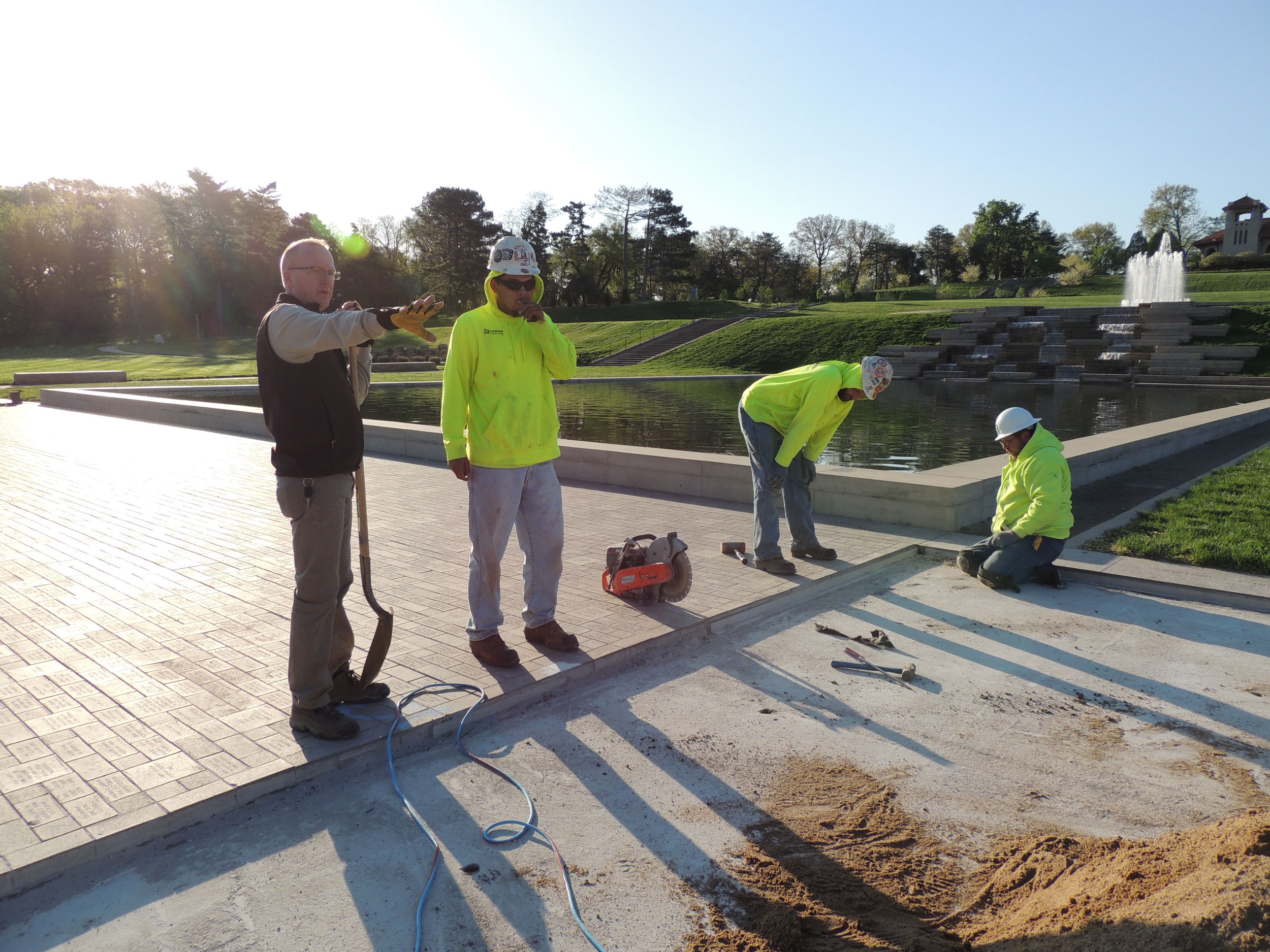
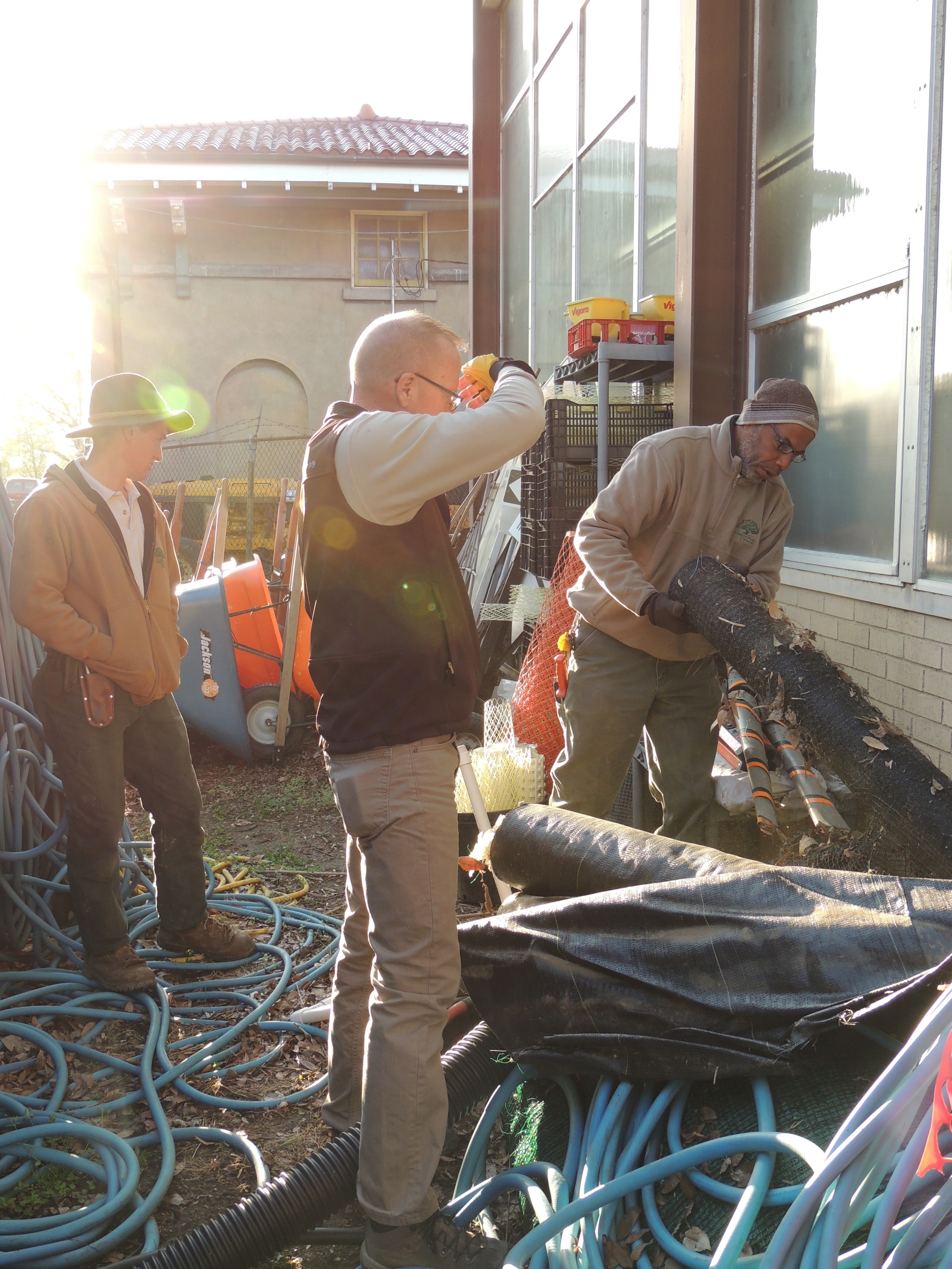
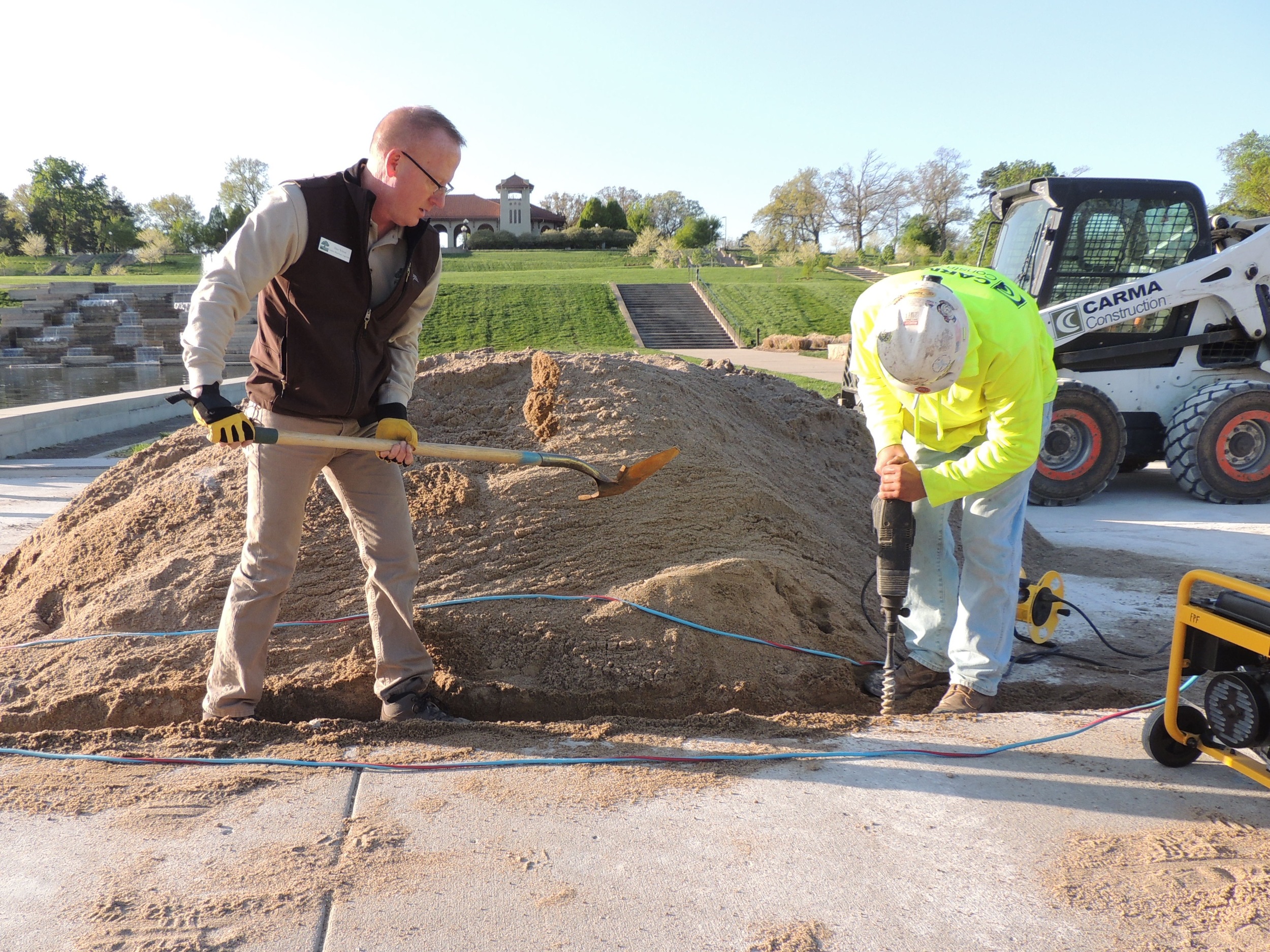
Forest Park Forever’s Park Operations Manager Bill Reininger believes this staffing approach is a “protection of our investment,” ensuring that what the community has worked so hard to restore stays in good shape — and that preventative maintenance will help keep the overall cost of future maintenance down. “This is a smart approach that will greatly benefit the Park and the experience of all visitors in the long run. This initiative is also a reminder of why Forest Park Forever is working hard to build our endowment — we are stewards of this treasure not just for today's visitors but for those generations from now."
Greg Hayes, the City’s Director of Parks, Recreation and Forestry, sees this staff addition as another important resource to focus solely on Forest Park. Hayes emphasized the critical need to ensure that all prior and ongoing maintenance efforts in the Park are enhanced with dedicated resources. “Anything less would be a disservice to all who value and thoroughly enjoy Forest Park,” he said.
Forest Park Forever is confident this model will be successful, as it is similar to one the organization used in undertaking a massive Forest Park Tree Inventory in 2006. Observing that too many of the Park’s 15,000-plus trees were dying or already dead, Forest Park Forever staff sought to have an up-to-date understanding of the totality of trees in the Park. Only then could they make proper tree diversity and distribution a central part of their planting efforts moving forward — which they’ve been doing ever since. By 2013, the number of threatened species had declined drastically, proving that a little extra attention can save hundreds of trees … and many thousands of dollars.
The push for and creation of this new position held by Dan Nelson — and those he will be recruiting — symbolizes Forest Park Forever’s dedication to ensuring that this place maintains its status as one of the best parks in the nation — and that the grounds and facilities are never able to fall back into the widespread disrepair that plagued the Park in the second part of last century. While the organization likes to celebrate the Park’s beauty, Forest Park Forever knows it is essential to be honest about what’s broken or aging fast — and have a plan in place to fix it.
“This effort to bring on a Forest Park-exclusive facilities crew headed by Dan really shows our commitment to the ‘forever’ part of our name — for all aspects of the Park,” said Reininger.
As we neared the end of our tour, Nelson said, “I am honored to be part of such a great organization as Forest Park Forever. I want the City and key people I’ll be working with to feel united in our joint effort and feel confident that I’m an asset to the program.”
“I’m biting at the bit to go at it,” he added, “and I couldn’t be happier."
